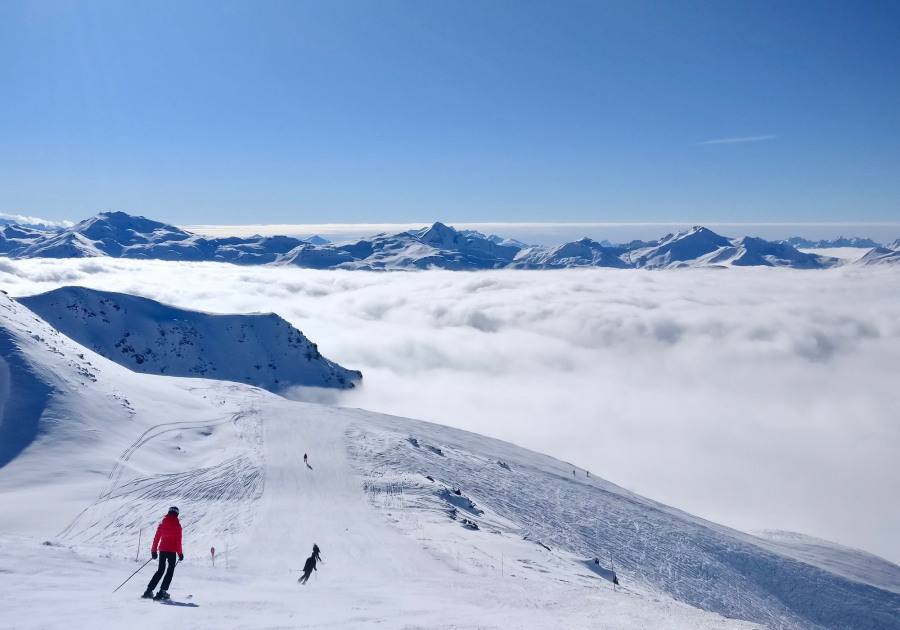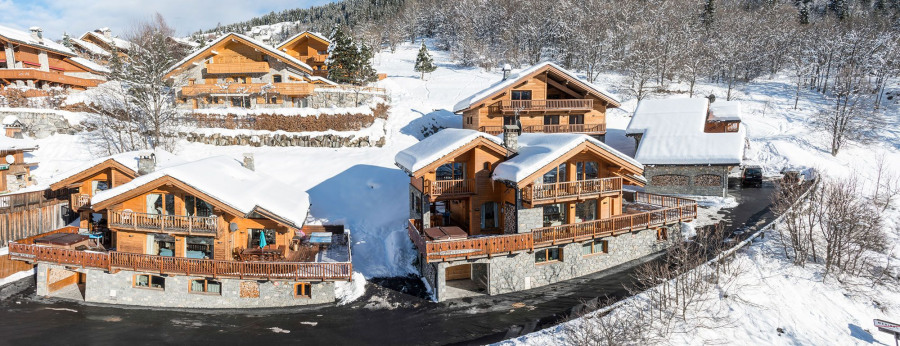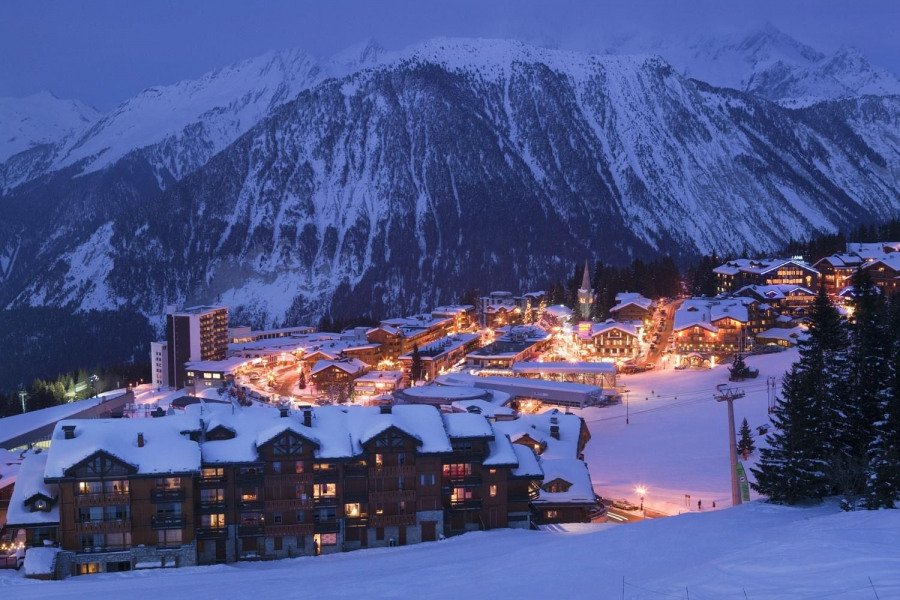31/08/2023
Your skiing journey will be risky if you choose an improper time to go. Thus, knowing the best weather to ski Alps plays an important role in guaranteeing you a perfect experience. Let's find out more details in our article below so you can decide when to start your trip!
Weather to Ski Alps: Best and Worst Months
October and November
The winter starts in October, and the snow falls at high altitudes. The snowfall frequency becomes higher in November. There will be the snowline creeping down the mountain, forming snow-sure pistes for the high peak season. During these two months, the sky's still blue. The temperature drops below zero at the end of November. Though there's some snow, it's not ideal skiing in France weather.
December
Generally, December is the ideal weather to ski Alps. The mountains are covered with blankets of snow. At the beginning of the month, the snow is fresh and untracked. In late December, there will be a snow base of two meters or more. All packed down on the pistes by the piste maintenance teams. You may not see as much blue sky as in previous months, and the temperature is generally below freezing.
January
Ski weather in France in January is also suitable for skiing and snowboarding. Snowstorms happen more frequently, greatly increasing the snow level and providing great powder and gentle slopes. The temperature usually falls below 20C. January is also less crowded compared to December as the holidays have gone. If you enjoy the quiet atmosphere and deep snow, January is a perfect time for your skiing journey.
February and March
These two months, especially March, are a wonderful time to ski. The spring is in the air, and the winter storms are less frequent. The odd snow still falls and tops up the slopes, so you don't have any issue with skiing. The temperature gradually gets warmer. Together with sunshine, 10C may give you a feeling like 20C. March is the best time to enjoy beautiful snowy slopes on a warm, sunny terrace.

April
April is an unpredictable month when the season ends, but there may still be a chance of heavy snowfalls (at high altitudes). The weather gets more scorching, and the lower slopes start to show their green patches. As late April comes, the season will likely end with more green patches. It's considered unfavourable ski weather in France. If you still want to go during this time, you should come to the really high altitude resorts opening until May since they can benefit from the snowfalls at 2000m.
May and June
May and June are the sleeping time of the ski slopes. There will be some rare visitors, mothballed chairlifts, ungroomed pistes, and hibernating hotels and chalets. Though the weather is warmer, it's almost impossible to go hiking as the trails are still covered by snow.
July and August
The summer officially comes in July and August. The weather gets really hot, and the scenery becomes vast. Even though skiing in July is still possible, other activities are favoured, such as river sports (kayaking, white water rafting), hiking, and picnicking. Summertime in the Alps is pleasantly busy but, at the same time, fresh and tranquil.
September
September is another rest time before the winter arrives again. The resorts are close to preparing for the next season. This month is not ideal for French ski weather because the wind is cooler compared to summer, and the odd shower becomes rainy in the area.
Top Snow-sure Resorts in the Alps
Courchevel
Courchevel France is a world-class ski resort with a remarkably beautiful landscape. The resort includes 5 Alpine villages, offering skiing and other services. You can go between towns by bus and travel to the highest place of the resort at 2,700 m and access 150 km of skiing pistes and other off-piste descents by the Saulire cable car.
Val Thorens
Val Thorens, standing at an altitude of 2,300 m, is the highest resort in Europe. Its elevated location offers skiers good snow and the stunning landscape of the Belleville Valley. The resort includes 68 pistes at different heights and levels, making it suitable for both beginners and professionals.
Tignes
Tignes features 20 km of pistes of various terrains, including blue, red, and black. The resort is accessible by drags and chairlifts. Their Glacier Snow Park provides different services for all levels, including moguls, half-pipe, rails, a hip ramp, quarter-ramps, and a rainbow rail.
Meribel
Meribel, located in the heart of Les 3 Vallées, provides easy access to other resorts around. The Grancd Couloir Courchevel, an extensive off-piste accessible from the top of the Saulire Express gondola, is the most challenging descent for experts. Besides, heading to Méribel Mottaret and taking the Mont Vallon gondola will bring you to more outstanding powder alongside the Combe du Vallon red piste.

Val d'lsere
Val d'lsere was originally a small farming village and has developed into a modern Alpine resort with the remaining feel and sense of tradition. It's one of the most beautiful ski resorts with high-end chalets and hotels. The resort is linked with the nearby Tignes, meaning skiers and snowboarders can benefit from the massive ski area and various services.
The Bottom Lines
The weather to ski Alps is not the same every year. However, in general, if you don't mind the crowdedness in the area due to festival reasons, you can come in December to enjoy the full snow. Meanwhile, January is quieter, and more snow is sure.
It's also possible to go in March when you can see the blue sky and ski on the good snow. You may not want to come in April as the season comes to an end, and in the next months, skiing is usually replaced by other summer activities.

